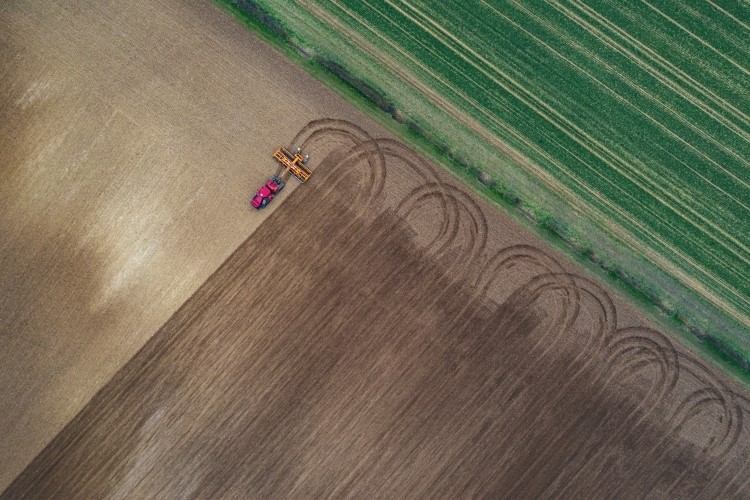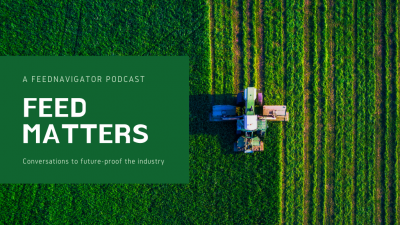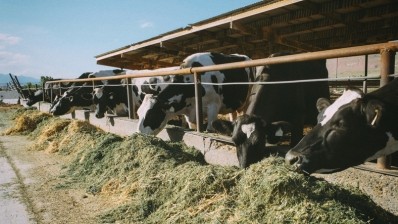Locally-relevant context to soil measures: Behind Truterra’s drive for sustainable dairy farming

US farmer-owned co-operative Land O’Lake has been taking action to boost regenerative practices across its farms for several years now. With the launch of dedicated sustainability business Truterra, the co-op has engaged with farmers, CPG firms, conservation bodies and agricultural retailers alike in a bid to improve on-farm sustainability.
In addition to providing learning resources to farmers interested in reducing their carbon footprint, Truterra also offers monetary incentives based on how much carbon is removed from farms. Through the organization’s 2022 carbon credit program, farmers could earn US$20 per ton of carbon removed through practice changes (e.g. reduced tillage) for up to five years back, or US$2 per acre for short-term commitments, e.g. within a single crop year. Truterra estimates that the initiative delivered an average payment of US$24,842 per participating farmer.
To enrol, farmers would need to carry out soil assessment. So far, Truterra would cover the cost of third-party soil sampling, but in a bid to make the process even simpler, Land O’Lake’s sustainability arm is bringing this service in-house and will offer farmer members a soil assessment completely free. The service provides ‘quantifiable soil health baselines and…custom recommendations to improve overall soil health and resiliency’.
“Farmers are on different stages of their sustainability journeys, so with the launch of Truterra sustainability services, we are thrilled to be able to offer new programs and resources to meet farmers wherever they are in that journey,” explained Tom Ryan, president of Truterra. “It is important for farmers at every stage to have more information about their fields soil health.
“Historically, the process of quantifying soil health has been complex and cost-prohibitive – with findings that didn’t always translate to clear direction for farmers.” – Tom Ryan, president, Truterra
“[Our] soil health assessment and plan aims to change that and brings much-needed locally relevant context to soil health measures for farmers to understand more about their soil health status, potential for improvement and to help create a roadmap toward improved soil health on each field.”
Truterra has already tested out the methodology during a 2022 pilot; this covered fields in Iowa, Kansas and Missouri, and is now being expanded to Illinois, Indiana, Michigan, Minnesota, Nebraska and Wisconsin. Asked how the initiative had been received by farmers so far, Ryan said: “We have received strong interest from farmers and expect to continue expanding the offering.”
A long-term commitment
Truterra is very specific about framing its sustainability services as a ‘journey’, focusing on a long-term approach to regeneration. The free soil health assessment is presented as a first step - ‘making a plan’ – with farmers then encouraged to take up regenerative practices and be rewarded for it through other initiatives further down the line.
For example, for fields where a reduction in tillage and/or addition of cover crops was recently done, farmers can get between US$2 and up to US$8 per acre through Truterra's market access program. “[We are] pioneering new ways to support farmers during the transition period and to reduce risk,” Ryan explained. “This program is meant to serve as an on-ramp for farmers considering adopting new sustainable and regenerative practices on their fields."
Later on, farmers can use data gathered through this early transitional stage to enrol for carbon assets payments. As Ryan explained: "Farmers participating in the market access program maintain all carbon rights and…can take a step towards becoming eligible to sell carbon assets through a carbon market, including through Truterra’s carbon program where they can get paid up to US$30 per tonne.”
Biomass removal exclusion
Asked how Land O'Lakes' sustainability operation had come up with these specific payment rates for carbon assets, Ryan explained that they are ‘informed by market dynamics’ and are ‘competitive’. But for dairy farmers, there’s a potential catch – starting 2023, fields where biomass was removed are not eligible for carbon payments at all. “In the 2023 program, Truterra decided to exclude fields with biomass removal due to the lower carbon sequestration values we found from our previous programs,” Ryan explained.
“For dairy operations, we recognize that a biomass removal exclusion can impact many of their feed acres. With this in mind, we are intentionally working toward a solution that is more inclusive of nuances for dairy operations that we don’t typically experience in row crop operations.”
What this solution would be remains to be seen, but it could be tied to Truterra’s USDA-backed Climate SMART (Scaling Mechanisms for Agriculture's Regenerative Transformation) project. The scheme intends to reduce GHG emissions by approximately 7.2 million metric tons of CO2e over the course of five years and seeks to engage up to 20,000 farmers and dairy producers.
Asked where Truterra is at with the project, Ryan explained: “We are still in the process of finalizing the funding details with USDA. Once finalized, the funding will be used to extend and transform the delivery of conservation services to farmers. It will also directly enable the standing up of new programs for which planning is already underway, for example to support early adopters of cover crops and no-till, and to provide new financial assistance to farmers for on-farm trials.”







